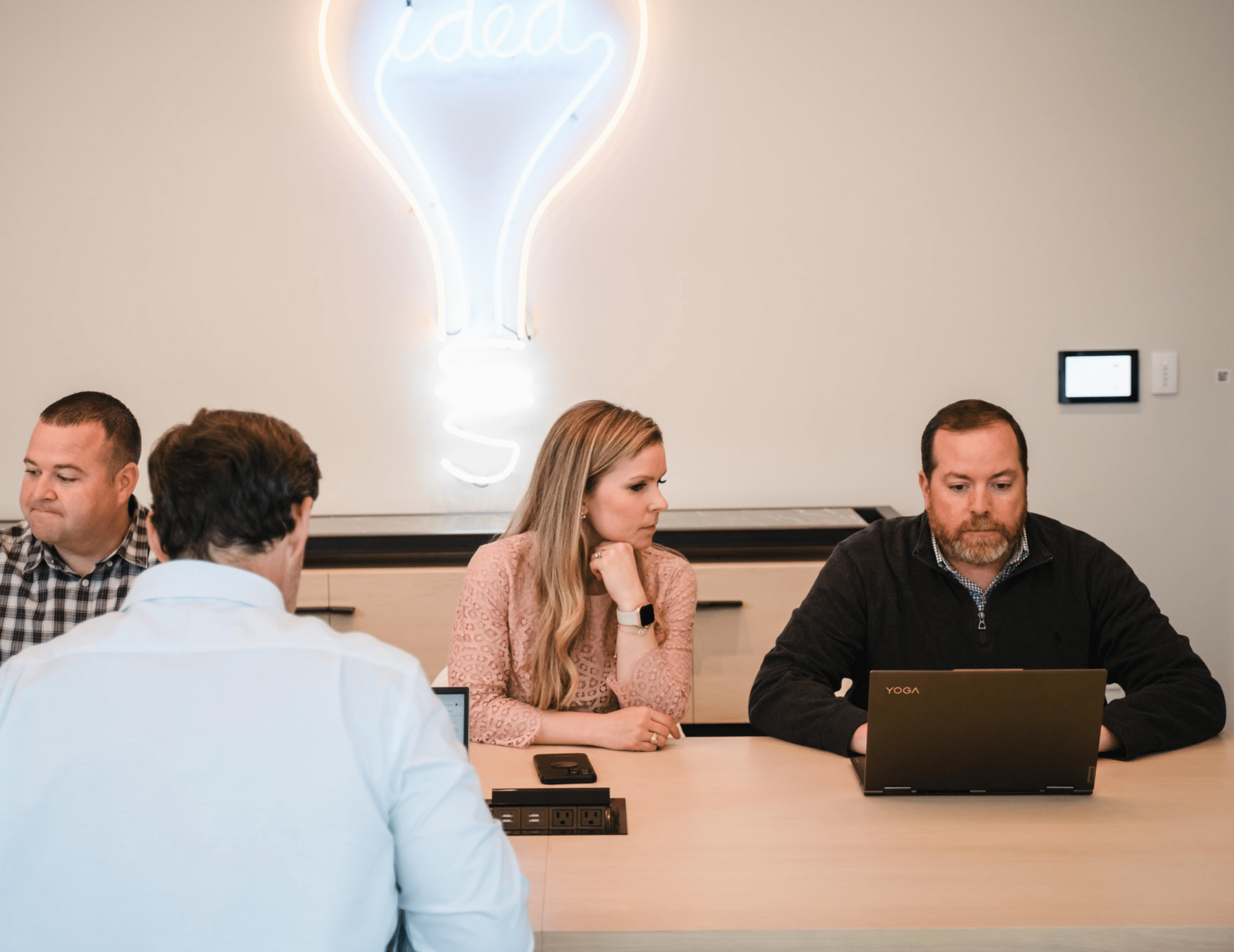
By Level Legal
Even before the global pandemic, data collection, processing, review, and production faced significant challenges from both volume and complexity. Since then, we’ve seen an additional layer of complexity with budget freezes and corporate and law firm behavior drastically altered. Meanwhile, tech-enabled information growth has continued its limitless expansion – fueled by a scattered workforce increasingly reliant on remote platforms and personal devices to do business.
How will clients, lawyers, and eDiscovery professionals manage this chaos? Some will hope for litigation and reviews limited to old-school data, such as Outlook email and MS Office documents stored on hard drives. Others may be aware of newer data sources; however, they will remain focused more on traditional data types, yet again hoping they won’t have to deal with more challenging issues. Both of these approaches can be risky and costly. In contrast, others haven’t missed a beat. They’ve established and actively enforce robust data-security policies with preservation and collection built-in instead of as an afterthought. And they proactively collaborate with trusted experts to strategize the most efficient methods to cut through tranches of data and uncover “what happened?”
At Level Legal, our most successful partners are those who bring us to the table early on in a matter or investigation. In doing so, we are best able to work in seamless coordination with our clients to produce a thorough review process and streamline bespoke workflows to ensure successful outcomes. When our expert teams can shape the best possible review project from end-to-end, we free up our customers to return their focus and valuable time to legal strategy.
What does it mean to be proactive in eDiscovery?
For us (and our customers), it means learning as much as we can about the data as quickly as possible. What is the volume? Who are the custodians? What are their roles, what types of documents do they typically create or manage, and what kinds of issues are often associated? What types of data are collected, and where did the information come from, i.e., personal devices vs. corporate? What data can we reasonably quickly identify as likely to be irrelevant to the matter and mark for potential exclusion from the review?
A mentor once told me that “knowledge is power.” This is especially true where eDiscovery, compliance, privacy, and investigations are concerned. Indeed, that is what we do at Level Legal. Our lawyers and technologists partner with law firms and corporations to help them understand their data more comprehensively. To marry that knowledge with an understanding of the unique issues and challenges of the matter or investigation at hand – including substantive legal issues, as well as budgets and deadlines – to identify a strategic plan that will get them through the data as quickly and efficiently as possible, without sacrificing quality.
For example, by partnering with us early on, we can implement a variety of robust, battle-tested culling techniques. These include search term development and optimization, data analysis, and understanding the matter, data, goals, and timeline. In addition, we can identify appropriate technologies and review workflows to achieve their goals. A proactive approach is a game-changer and cost-saver for our clients.
There is no doubt that the legal industry will continue to evolve to face these new challenges. As it does, those who embrace a proactive, unified approach will undoubtedly triumph in the battle to review, analyze, and organize the enormous and complex web of electronically stored information. The early engagement of trusted eDiscovery partners will become increasingly vital to lawyers and their clients’ successful outcomes.
Looking to partner with Level Legal? Contact us today.


